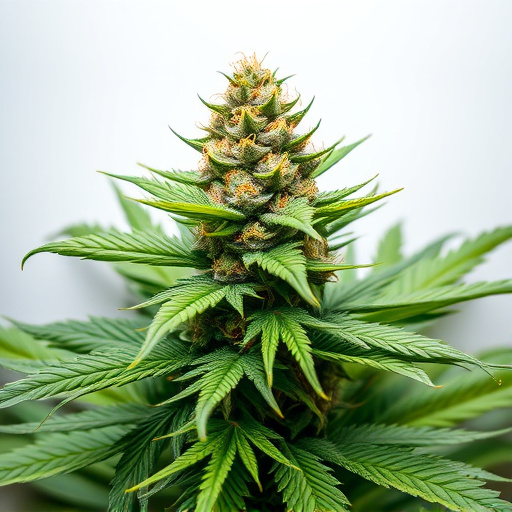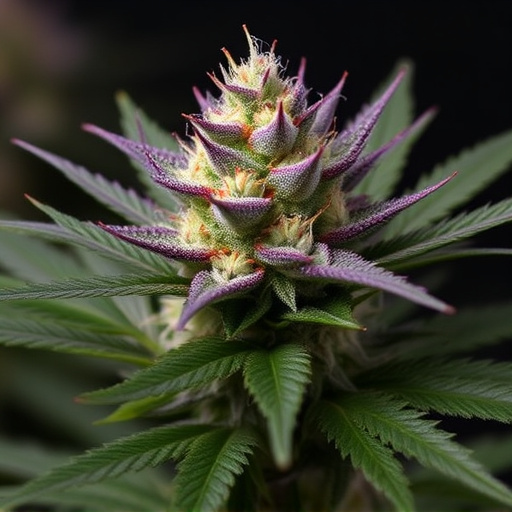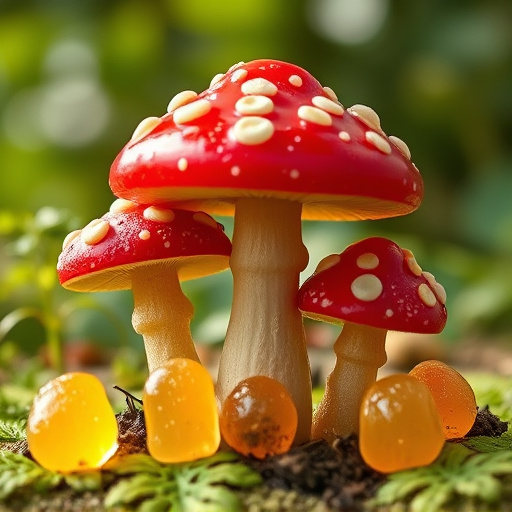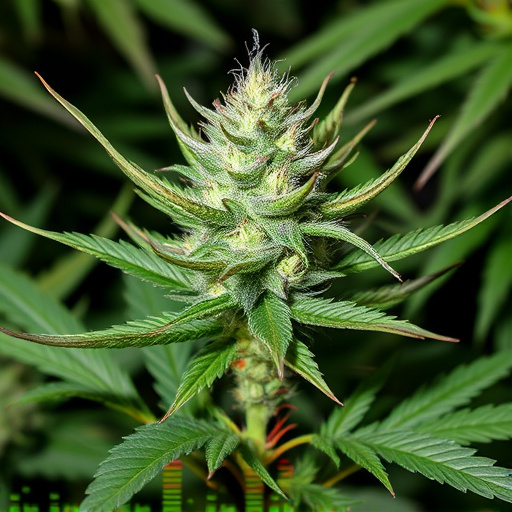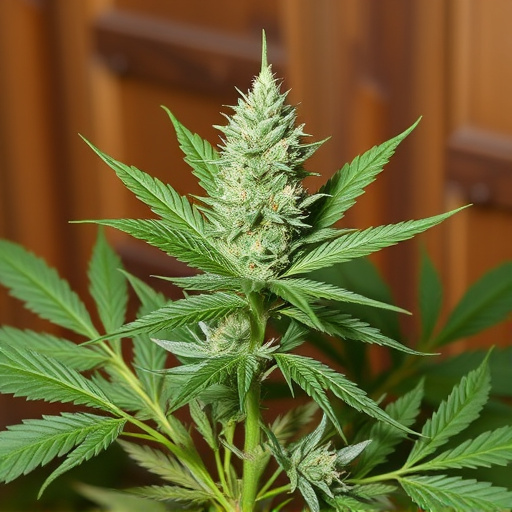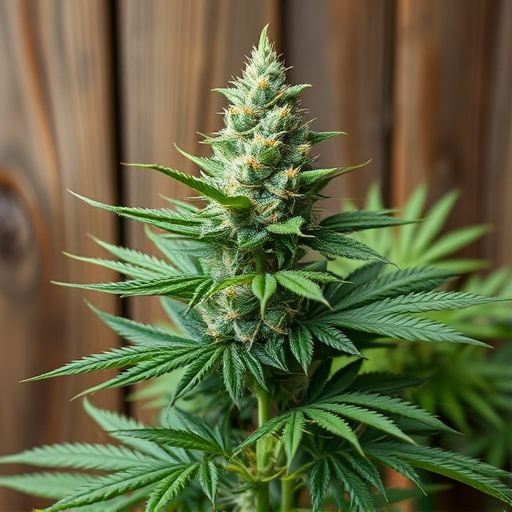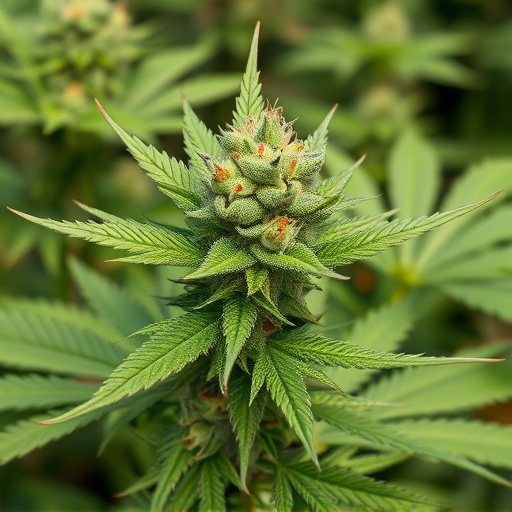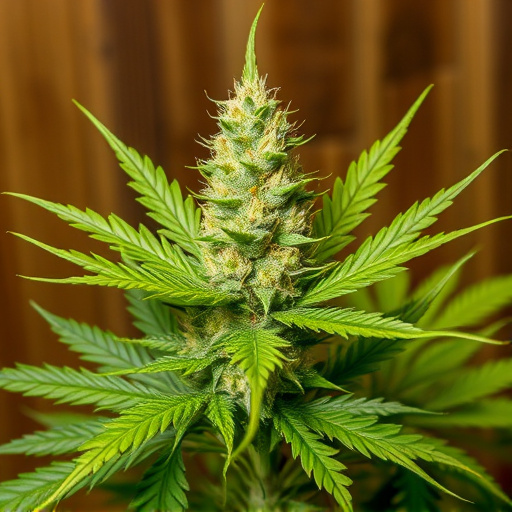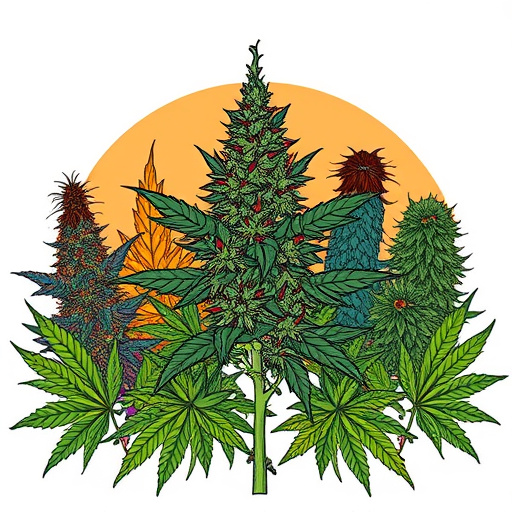The genetic diversity and environmental influences on original strains of cannabis create a wide range of cannabinoid compositions and terpene profiles, affecting user experiences. Terpenes interact with cannabinoids, offering cultivators a challenge to preserve rare strains while empowering consumers to select varieties aligned with their desired outcomes. Each person's unique biology and tolerance levels impact their reaction to cannabis, making personalized selection crucial for maximizing benefits and minimizing adverse reactions.
“Uncover the multifaceted world of cannabis effects, where science meets personal experience. This article explores the intricate factors that shape how we interact with this remarkable plant. From the genetic composition and terpene profiles of original strains of cannabis, to environmental influences and individual biology, each element plays a pivotal role in determining potency and perceived outcomes. Dive into these realms to understand why cannabis experiences vary so greatly.”
- Genetic Composition and Terpene Profiles: Unraveling the Chemical Landscape of Original Strains
- Environmental Factors: Nature's Influence on Cannabis Effectiveness
- Individual Biology and Tolerance: Personalizing the Cannabis Experience
Genetic Composition and Terpene Profiles: Unraveling the Chemical Landscape of Original Strains
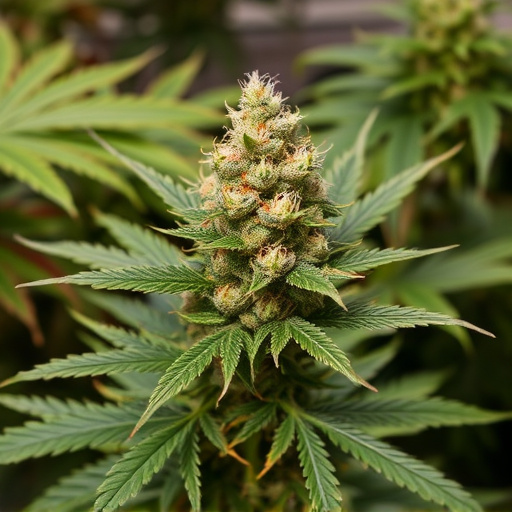
The genetic composition and terpene profiles of cannabis plants play a pivotal role in determining their unique effects on users. Original strains of cannabis, before hybridization and selective breeding, possess distinct chemical landscapes that influence how individuals experience THC, CBD, and other cannabinoids. These original strains vary widely in terms of cannabinoid content and terpene profiles, contributing to the diverse range of effects felt by consumers.
Terpenes, aromatic compounds responsible for cannabis’ characteristic smells, also interact with cannabinoids to modulate their actions. Specific terpenes can enhance or mitigate certain cannabinoid effects, creating a complex interplay that contributes to the unique experiences associated with different original strains of cannabis. Understanding these chemical dynamics is crucial for both cultivators aiming to preserve rare and potent original strains and consumers seeking specific effects tailored to their needs.
Environmental Factors: Nature's Influence on Cannabis Effectiveness
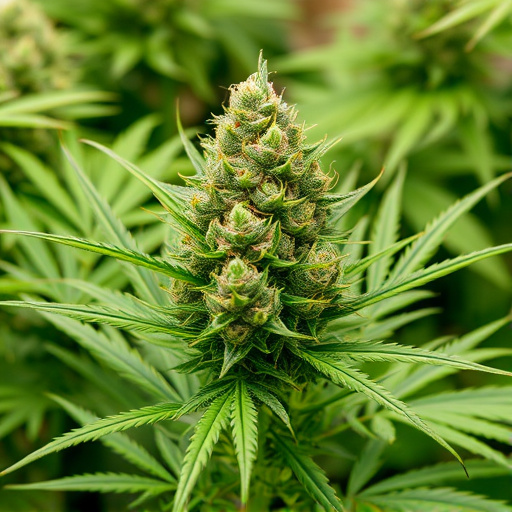
The environment in which cannabis is grown and consumed plays a significant role in its overall effectiveness. Original strains of cannabis are influenced by a myriad of factors, with nature acting as a crucial orchestrator. The climate, soil composition, and geographical location all contribute to shaping the plant’s unique properties. For instance, regions with temperate climates often produce cannabis with higher CBD levels, appealing to users seeking medical benefits without psychoactive effects. Conversely, sunnier, warmer areas might yield plants with elevated THC concentrations, enhancing the potential for more intense psychological experiences.
Moreover, the natural environment can impart subtle yet distinct characteristics to different strains. Local flora and fauna, as well as the specific region’s air quality, can subtly alter the cannabis plant’s chemistry. These environmental factors, combined with traditional breeding practices, result in a diverse range of effects, ensuring that consumers have various options catering to their preferences and intended uses.
Individual Biology and Tolerance: Personalizing the Cannabis Experience
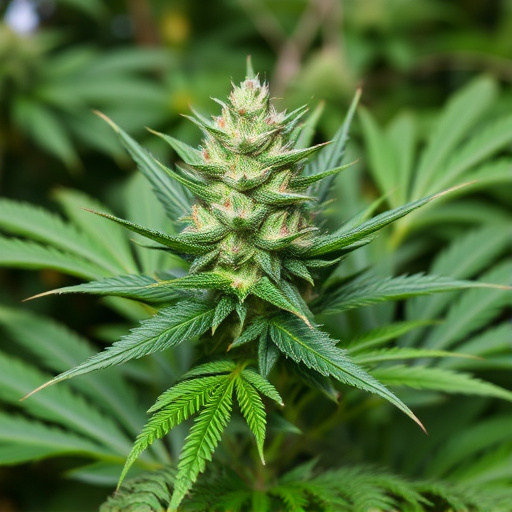
Every individual’s response to cannabis is unique, largely due to their distinct biological makeup and tolerance levels. Our bodies contain an endocannabinoid system (ECS) that plays a significant role in regulating various physiological processes. The ECS interacts with the cannabinoids present in cannabis, such as THC and CBD, which can significantly influence how one feels and perceives the substance’s effects.
Genetic factors contribute to differences in metabolizing these compounds, leading to varying levels of potency and desired outcomes. For instance, some individuals may have a higher tolerance due to genetic predispositions, requiring stronger original strains of cannabis to achieve desired effects. Understanding personal biology allows users to tailor their cannabis experience, ensuring they can fully appreciate the therapeutic or recreational benefits while avoiding potential adverse reactions.
The effects of cannabis are a complex interplay between genetic composition, environmental factors, and individual biology. Understanding these influences, especially in exploring original strains of cannabis, allows for a more personalized and effective experience. By considering terpene profiles and the unique chemistry of each strain, along with an awareness of environmental growing conditions and one’s own physiological tolerance, users can navigate the diverse landscape of cannabis to find their ideal balance. This knowledge empowers individuals to make informed choices, ensuring that cannabis meets their specific needs and expectations.

